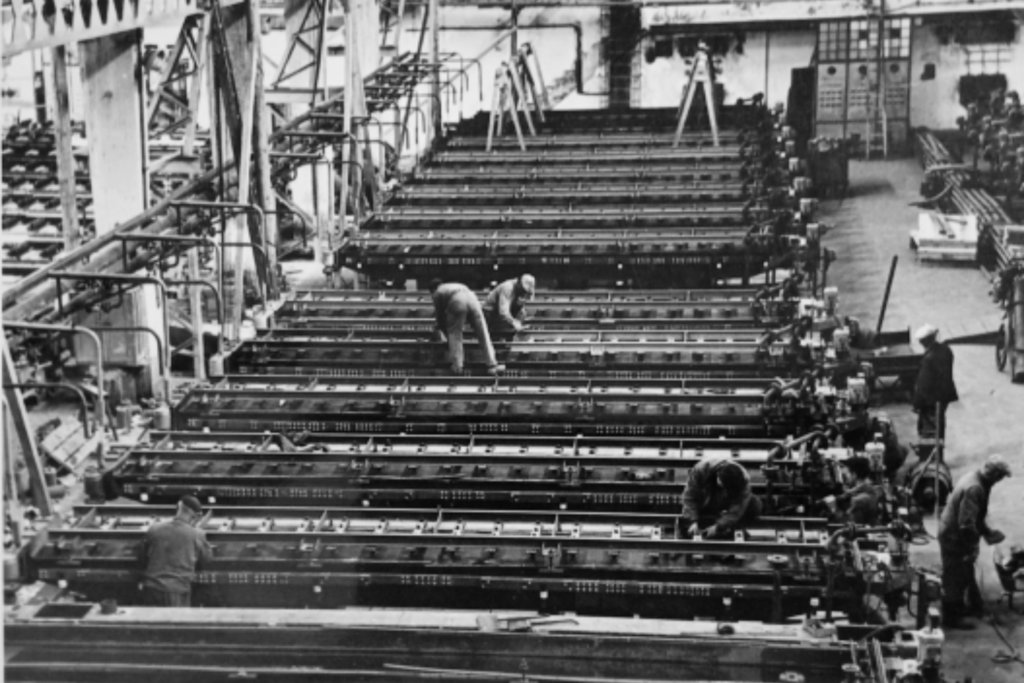History
FORTISCHEM a. s.
The history of chemical production in Nováky began in 1936, when the Society for Chemical and Metallurgical Production in Ústí nad Labem, Czech Republic, decided to build its branch in Slovakia.
In February 1940, the first plant was started up – an electrolysis plant for the production of sodium hydroxide, chlorine and its derivatives. After the end of World War II, the plant was further developed and modernized. Between 1948 and 1952, the production of dichloroethane and PVC, glycols and chloroparaffins was gradually established. An important part of FORTISCHEM a. s. production programme is the production of calcium carbide. The first furnace was put into operation in 1954.
Production was gradually expanded and modernised to the current capacity of 80 000 tonnes of calcium carbide per year. The continuous growth in the consumption of plastics has led to an increase in PVC production. For this reason, a gasoline pyrolysis unit was started up in 1972, providing raw materials for a range of organic products. In view of the changes in the market, the high demands on ecology and the reduction of the energy requirements of the plants, this production unit was phased out and nowadays PVC is produced at FORTISCHEM a. s. from imported raw materials and chlorine supplied from a modern membrane electrolysis plant. It was commissioned in April 2018 and meets the most stringent requirements for modern chlorine and sodium hydroxide production. This is followed by the production of hydrochloric acid and sodium hypochlorite. Its production is classified as one of the strategic operations of the Slovak Republic.
